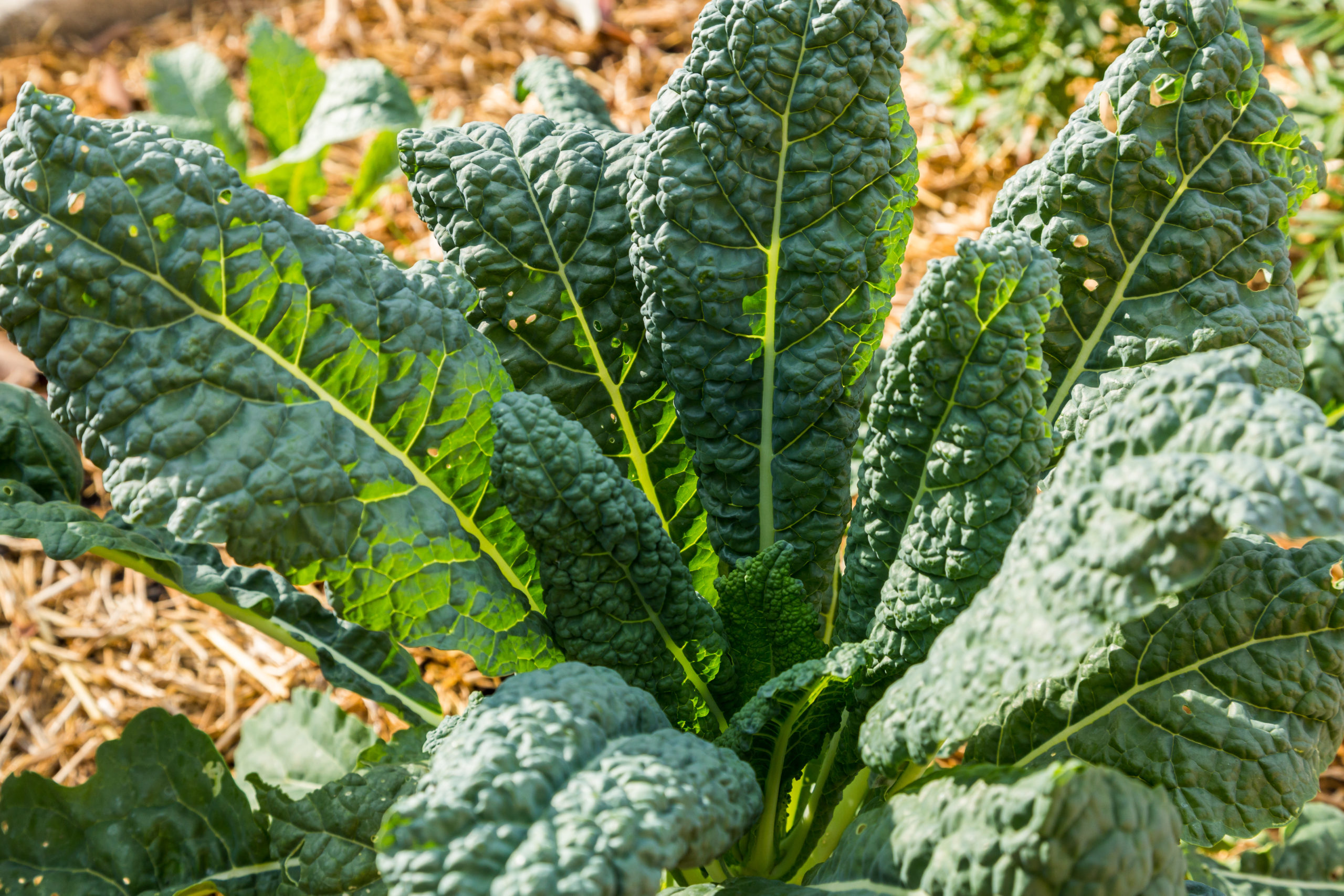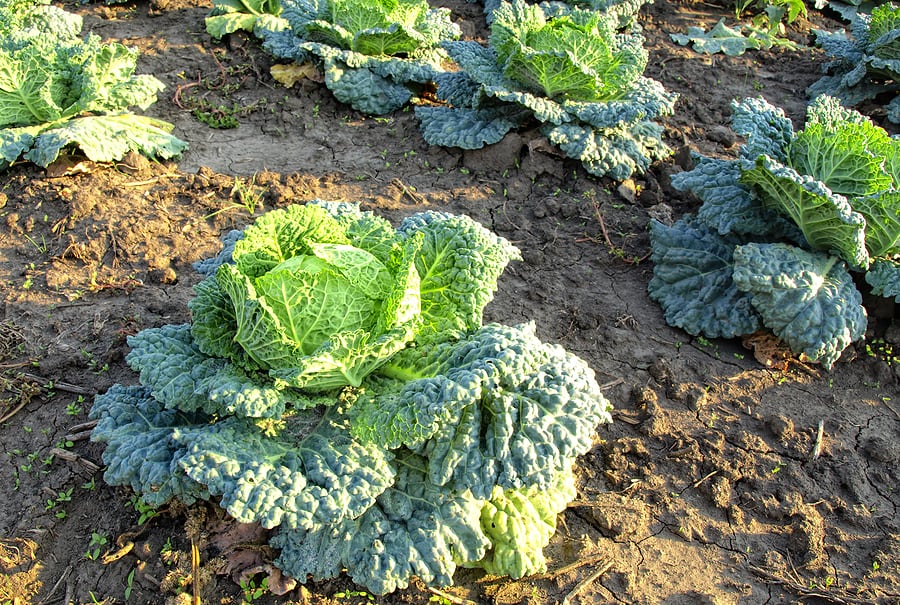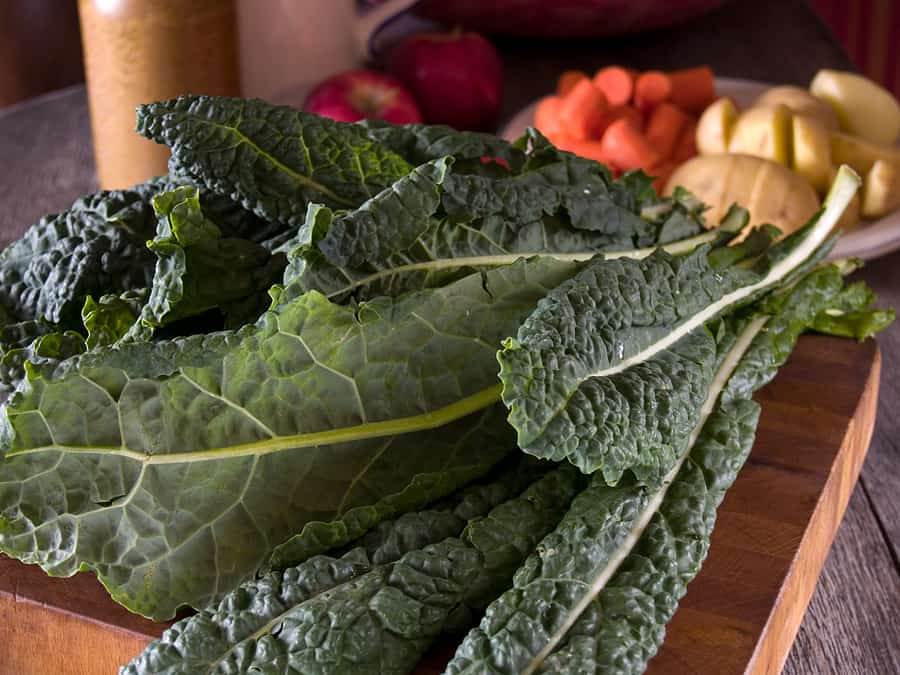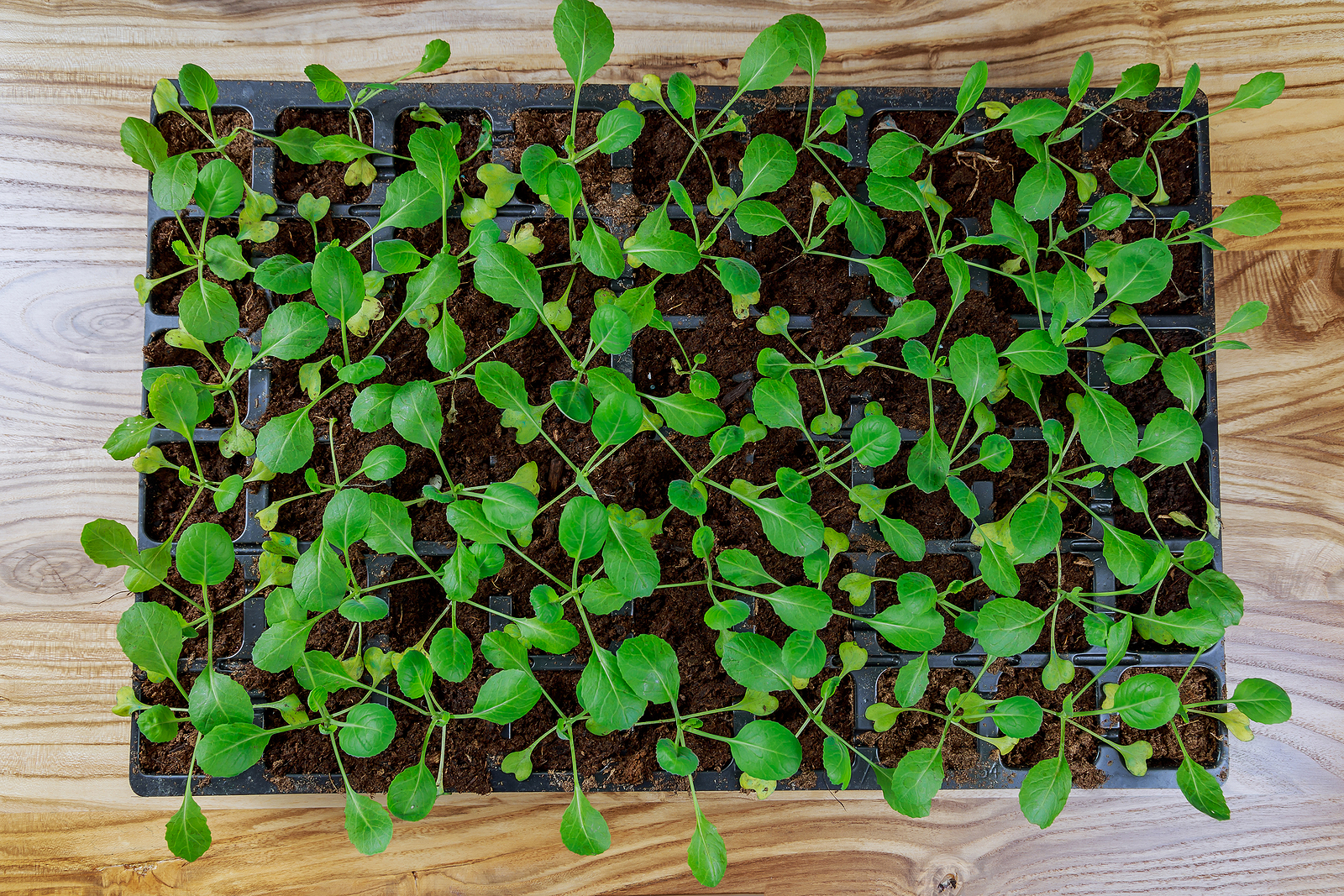Kale
Latest stories
More stories
-
Seven Ways to Serve Kale
Kale can be steamed, sautéed, boiled, and simmered. Kale can be tenderized and served in salads or combined with potatoes to make a tasty soup. Kale is a great match with hearty foods such as pork chops, fried catfish, garlicky sausage, and cornbread. Kale can be prepared just as you would spinach. It should not […] More
-
Kale Seed Starting Tips
Kale is a hardy cool-weather crop. It can be grown in early spring and in mid to late autumn. Kale tastes especially good after it has been touched by frost. Sow kale seeds in the garden 4 to 6 weeks before the last frost. Start transplants 6 to 8 weeks before setting out in the […] More




